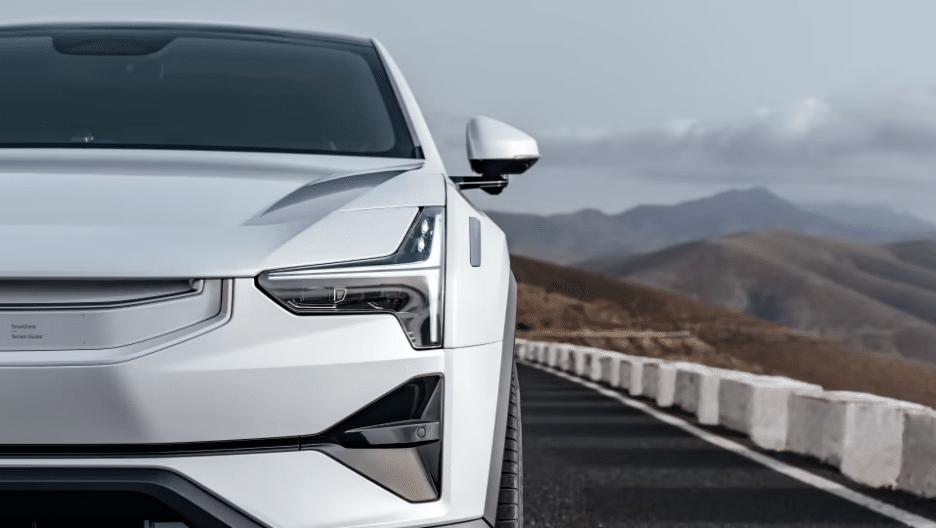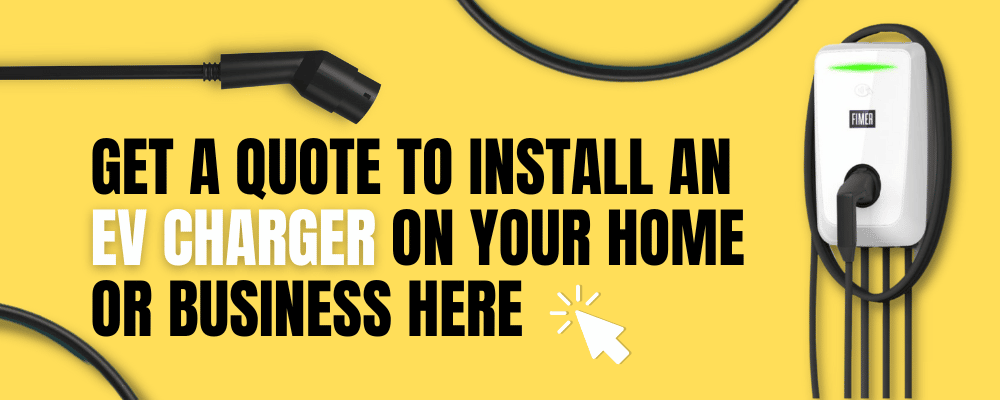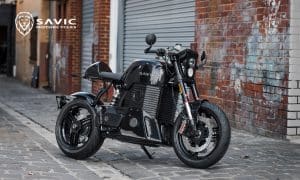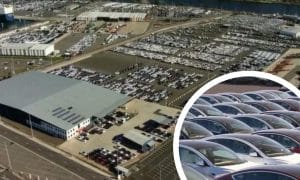Polestar, the Swedish electric vehicle manufacturer, officially opened the orders for its highly anticipated all-electric SUV, the Polestar 3, in Australia last February. With an emphasis on sustainability, performance, and cutting-edge technology, Polestar aims to establish itself as a key player in the electric vehicle market. The company recently confirmed the pricing details for the Polestar 3, making it an enticing option for environmentally conscious consumers down under.
Check out our page to learn more about Polestar’s work on bidirectional charging for Next-Gen vehicles.
Are you ready to convert your next car to an electric vehicle (EV)? Book a test drive now in one of the newest electric vehicles in your location!
Pricing details
Polestar has unveiled the pricing structure for the Polestar 3, giving potential buyers in Australia a clear idea of the cost of owning this sleek and eco-friendly SUV.
The Polestar 3 will be available in different configurations to cater to a variety of preferences and budgets. Polestar 3 will be available in Australia beginning in Q1 2024 in two variants in which on-road costs are not included in the prices.
- Long range Dual Motor for AUD 132,900
- Long Range Dual Motor with Performance Pack starting at AUD 141,900
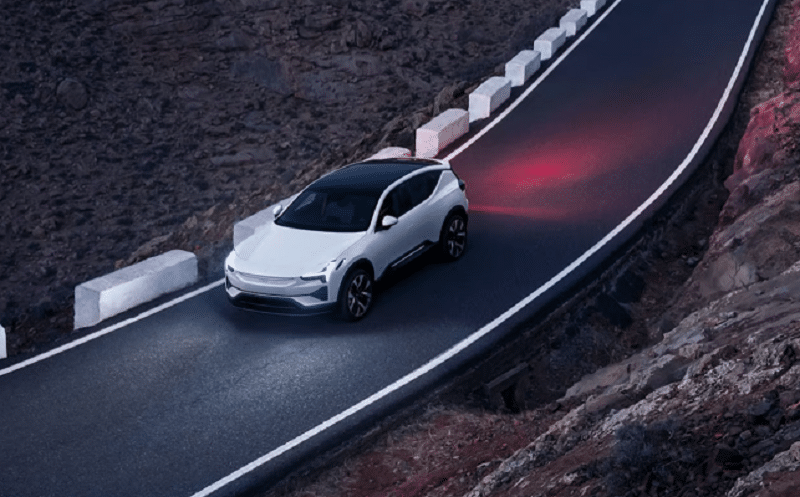
| LONG RANGE DUAL MOTOR | LONG RANGE DUAL MOTOR WITH PERFORMANCE PACK |
|
| Motor¹ | Dual motor 360 kW | Dual motor 380kW |
| Power¹ | 360 kW | 380 kW |
| Torque¹ | 840 Nm | 910 Nm |
| 0-100 km/h¹ (target) | 5.0 seconds | 4.7 seconds |
| Range up to ² | 610 km | 560 km |
| Battery | 400V lithium-ion battery, 111 kWh capacity, 17 modules | 400V lithium-ion battery, 111 kWh capacity, 17 modules |
| Performance¹ | 360 kW (tuned for range and drivability) | 380 kW (tuned for performance and drivability) |
| Chassis | Standard | Polestar Engineered performance chassis |
| Wheels | 21″ 5-V Spoke black diamond cut wheel | 22″ 4-Multi spoke black polished forged wheel |
| Interior lighting | White ambient light strip | Gold ambient light strip |
| Seat belts | Standard seat belts | Swedish gold seat belts |
| Steering | Electric power steering with three modes: standard, firm and light Power-operated steering column | |
| Drivetrain | All-wheel drive (AWD) | |
| Chassis | Aluminium front and rear axles | |
| Turning circle | 11.8 m (kerb to kerb) | |
| Wheels and tyres | 22″ 4-Multi spoke black polished forged wheel, 22″ 4-V Spoke black polished forged wheel, 21″ 5-V Spoke black diamond cut wheel | |
| Mirrors | Frameless mirrors, Wide-angle view, Electrically adjustable, Heated, Automatically folding, Kerb view (when reversing), Automatically dimming | |
| Lighting | LED headlights, Automatic levelling, Daytime running lights, Active High Beam, 1.3 Megapixel HD LED headlights with high-pressure cleaning (optional)3 | |
| Windscreen | Infrared coating (front), Heated wipers with rain sensors (front and rear), Acoustic lamination | |
| Door handles | Flush door handles, extended when the driver approaches the car | |
| Doors | Easy entry and exit, Soft-close doors | |
| Windows | Fixed panoramic sunroof with Polestar symbol, Flush glazing/windows with the side window trim, Privacy laminated acoustic rear windows, Clear laminated acoustic rear windows (option) | |
| Upholstery materials | Animal welfare certified wool, Bio-attributed MicroTech, Animal welfare traced Nappa leather | |
| Interior themes | Bio-attributed MicroTech in Charcoal with aluminium deco, Animal welfare certified wool in Charcoal with aluminium deco, Animal welfare traced Nappa leather in Jupiter with Black ash deco, Animal welfare traced Nappa leather in Zinc with Black ash deco | |
| Seats | Sports comfort seats with power-operated multi-directional lumbar support, mechanical cushion extension and eight-way electric adjustment | |
| Centre console | 14.5” large centre screen, Central computing by NVIDIA, Android Automotive OS | |
| Interior lighting | 4 reading lights, Laser-edged white ambient light strip (gold with Performance pack), Floor lighting | |
| Climate | Climate, Electronic climate control (3 zones), Climate timers | |
| Air filtering | Advanced air cleaning , Air particulate sensor, CleanZone® | |
| Steering wheel | Heated steering wheel, Power-operated steering column | |
| Device charging | Wireless charging in front armrest, USB-C connectors (2 front, 2 rear) | |
| Rear storage compartment | 484 litres with seats up (including under floor), 1,411 litres with seats folded (including under floor), Foldable grocery bag holder, 12V power outlet | |
| Battery capacity | 111 kWh | |
| Charging cable (included with purchase) | 10A, 7m, Mode 2, Type 2, Cable for charging at home | |
| Displays | 9” driver display, LCD screen, Advanced lighting technique ensures the best visibility in all light conditions, 14.5” centre display, LCD screen LCF (Light Control Film) anti-reflective, easy-to-clean coating, Advanced lighting technique to ensure best visibility in all light conditions, Head-Up-Display (HUD), Projects information onto the windscreen, in the driver’s field of view, 9×3” display area (800×480 px), Advanced lighting technique to ensure best visibility in all light conditions | |
| Audio system | Bowers & Wilkins for Polestar, 1610W, 25 interior speakers | |
| Keys | 2x NFC key cards, 1x Ultra-wideband key | |
| Connectivity | Bluetooth, Internet connectivity Over-the-air (OTA) updates, Polestar Connect | |
| Preventive safety | ADAS: Advanced Driver Assistance Systems , Understeer Control Logic, Electronic Stability Control, Driver Steering Recommendation, Trailer Stability Assist, Regenerative Stability Control ,Traction Control, Corner Traction Control (through torque vectoring), Adaptive Cruise Control, Pilot Assist, 360° and rear-view cameras, Speed limiter, Collision avoidance / mitigation: With other vehicles With other vehicles at intersections With cyclists With pedestrians Night-time collision warning, Lane Keeping Aid, Lane Departure Warning, Run-off Road Mitigation, Oncoming Lane Mitigation, Driver Alert Control, Rear Collision, Warning and Mitigation, Cross Traffic Alert with brake support, Blind Spot Information with steer assist, Post-impact braking, Direct tyre pressure monitoring system |
|
| Preventive safety | ADAS: Advanced Driver Assistance Systems , Understeer Control Logic, Electronic Stability Control, Driver Steering Recommendation, Trailer Stability Assist, Regenerative Stability Control ,Traction Control, Corner Traction Control (through torque vectoring), Adaptive Cruise Control, Pilot Assist, 360° and rear-view cameras, Speed limiter, Collision avoidance / mitigation: With other vehicles With other vehicles at intersections With cyclists With pedestrians Night-time collision warning, Lane Keeping Aid, Lane Departure Warning, Run-off Road Mitigation, Oncoming Lane Mitigation, Driver Alert Control, Rear Collision, Warning and Mitigation, Cross Traffic Alert with brake support, Blind Spot Information with steer assist, Post-impact braking, Direct tyre pressure monitoring system |
|
| Cameras | Three additional cameras: one 8MP long-range camera, two 8MP rear-view cameras. | |
| Camera cleaning | Self-cleaning functionality on the front view camera in the SmartZone and the rear-view cameras integrated into the door mirrors. | |
| Additional processor | NVIDIA DRIVE Orin™ core computer. | |
| Direct use CO2 emissions⁴ | Standard range Single motor: 0 g/km, Long range Single motor: 0 g/km, Long range Dual motor: 0 g/km, Long range Dual motor (Performance pack): 0 g/km | |
| WARRANTY | ||
| 5-year vehicle warranty | Repair to or replacement of any part that fails due to faulty materials or manufacturing defects. Faults and deviations in the vehicle’s paint surface due to a defect in materials or paint application. 5-year unlimited kilometre manufacturer warranty | |
| 8-year battery warranty | Any material defect in the lithium-ion battery pack. 8-year 160,000 kilometre manufacturer warranty If the battery’s state of health (SoH) reduces below 70% of its original capacity within the first 8 years of ownership we will replace your battery free of charge. |
|
| 12-year corrosion warranty | Repair or replacement of the affected panel, if the corrosion is due to faulty materials or construction. First 12 years of ownership. |
|
| Service points | Polestar is planning a network of service locations all over Australia to be at your disposal. | |
| Maintenance | 5-year/100,000km service plan (service intervals approx. 30,000 km) Its on-board diagnostics will notify the driver if additional service is necessary, and regularly scheduled over-the-air updates will keep Polestar 3’s operating system, apps and car systems as cutting-edge as when they were first released. |
|
| Roadside assistance | 5-year roadside assistance If our technicians can’t repair the car at the breakdown location, it will be towed to the nearest service point, free of charge. In case a repair takes longer than expected, Polestar will make arrangements for an overnight stay or alternative transport. |
|
| 5-year vehicle warranty | Repair to or replacement of any part that fails due to faulty materials or manufacturing defects. Faults and deviations in the vehicle’s paint surface due to a defect in materials or paint application. 5-year unlimited kilometre manufacturer warranty | |
| 8-year battery warranty | Any material defect in the lithium-ion battery pack. 8-year 160,000 kilometre manufacturer warranty If the battery’s state of health (SoH) reduces below 70% of its original capacity within the first 8 years of ownership we will replace your battery free of charge. |
|
| 12-year corrosion warranty | Repair or replacement of the affected panel, if the corrosion is due to faulty materials or construction. First 12 years of ownership. |
|
| Service points | Polestar is planning a network of service locations all over Australia to be at your disposal. | |
| Maintenance | 5-year/100,000km service plan (service intervals approx. 30,000 km) Its on-board diagnostics will notify the driver if additional service is necessary, and regularly scheduled over-the-air updates will keep Polestar 3’s operating system, apps and car systems as cutting-edge as when they were first released. |
|
| Roadside assistance | 5-year roadside assistance If our technicians can’t repair the car at the breakdown location, it will be towed to the nearest service point, free of charge. In case a repair takes longer than expected, Polestar will make arrangements for an overnight stay or alternative transport. |
|
| 1 Preliminary figures. Subject to final certification | ||
| 2 In Europe, all-electric vehicles are measured against a standardised metric for range. The Worldwide Harmonized Light Vehicle Test Procedure (WLTP) measures the range of a car travelling at an average speed of 46.5 km/h in summer temperatures from a 100% to 0% state of charge. The actual range achieved under real conditions varies depending on driving behaviour and other external factors. The certified WLTP range is therefore usually not achievable in real life. Please learn more about WLTP here. | ||
| 3 Please note that due to the global shortage of semiconductors, certain features depicted on this website may not be available on your vehicle. For further information, please click here. | ||
| 4 Direct use CO2e emissions: an electric vehicle produces no direct-use emissions during everyday driving, however, its indirect emissions depend on the type of electricity used to charge its battery. Read more about Polestar’s view on emissions. | ||
| Overseas models are shown. Australian model may vary. |
The concept of bi-directional charging
Traditionally, electric vehicles have been seen as energy consumers, drawing power from the grid to charge their batteries. However, bi-directional charging, also known as vehicle-to-grid (V2G) technology, flips this notion on its head by allowing the vehicle’s battery to not only receive energy from the grid but also supply excess energy back when required. This innovative concept transforms EVs into mobile energy storage units, capable of contributing to a more sustainable and efficient power grid.
The Benefits of Polestar 3's bi-directional charging
Australia experiences peak electricity usage during specific periods, such as evenings when households return home from work and school. This surge in demand places strain on the power grid, potentially leading to blackouts or brownouts. However, with bi-directional charging, Polestar 3 owners have the ability to discharge excess energy back into the grid during these peak times, helping to alleviate stress on the electrical infrastructure. By utilising their vehicle’s battery as a temporary energy storage solution, Polestar 3 owners can contribute to grid stability and reduce the likelihood of disruptions, ultimately benefiting the entire community.
As the transition to renewable energy gains momentum, bi-directional charging technology plays a crucial role in supporting the integration of renewable sources into the power grid. With solar and wind energy generation becoming increasingly prevalent, there are times when the supply of renewable energy surpasses the demand. Rather than letting this excess energy go to waste, Polestar 3 owners can use their vehicles to absorb and store this surplus power, making their EVs a portable energy reservoir. When the demand for electricity exceeds the supply from renewable sources, these vehicles can discharge stored energy back into the grid, ensuring a more consistent and reliable renewable energy supply.
One of the most compelling advantages of bi-directional charging is its ability to provide emergency backup power during natural disasters or power outages. This feature becomes invaluable in Australia, where bushfires, storms, and other disruptive events can lead to extended periods without electricity. With Polestar 3’s bi-directional charging, owners can tap into their vehicle’s battery reserves to power essential appliances, medical equipment, or even entire households. This capability can prove life-saving and significantly enhance resilience in times of crisis, enabling individuals and communities to stay connected and safe when traditional power sources are compromised.
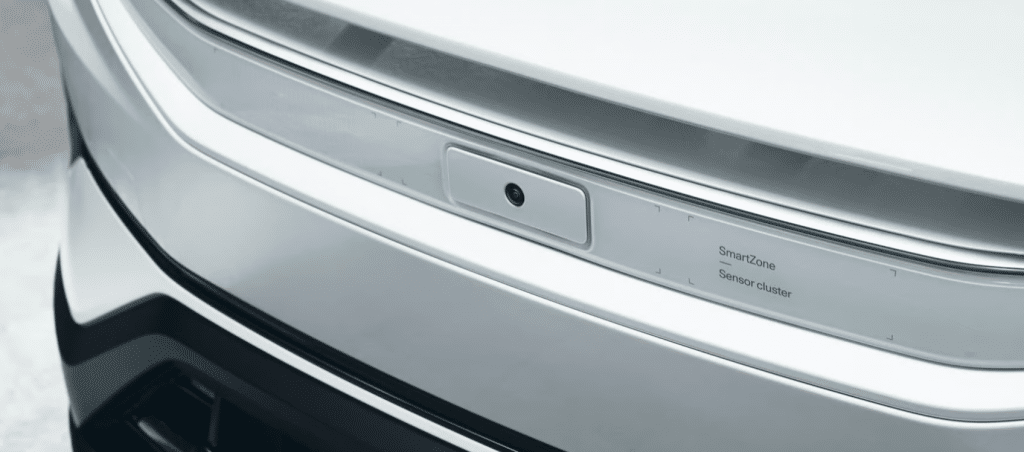
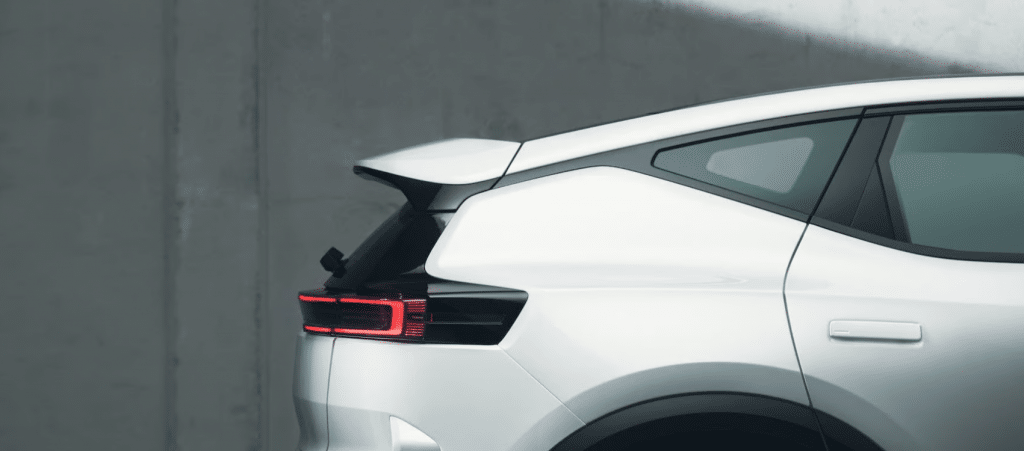
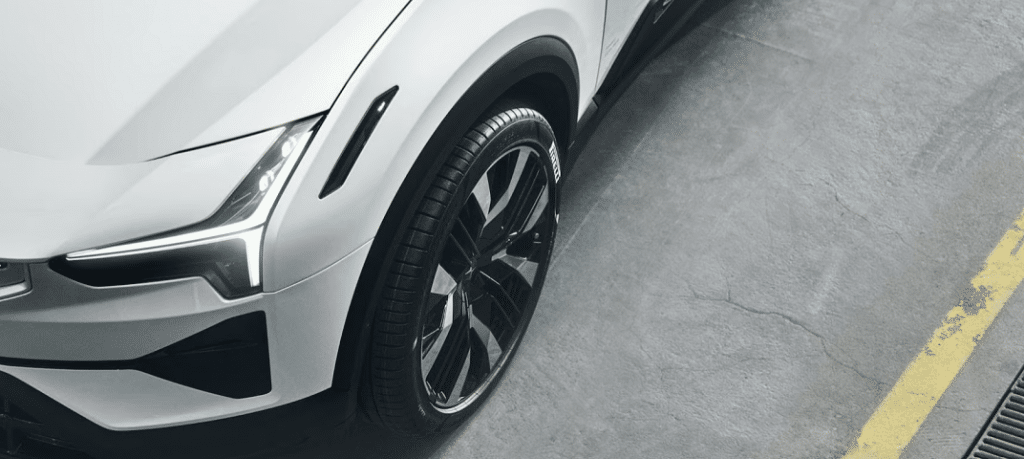
How Polestar 3's bi-directional charging works
Australia’s transition towards renewable energy sources, such as solar and wind power, has brought both benefits and challenges. The intermittent nature of renewable energy generation means that excess energy is often produced when demand is low. In such scenarios, Polestar 3’s bi-directional charging system can play a crucial role in maintaining grid stability.
During periods of excess renewable energy generation, the Polestar 3 can use its high-capacity battery to store the surplus power. This stored energy can then be discharged back into the grid during peak demand periods or when renewable energy production is insufficient.
By effectively utilising the battery’s storage capacity, Polestar 3 helps balance the grid, reducing the reliance on fossil fuel power plants and enhancing the integration of renewable energy sources.
The efficient management of power flow is vital for the success of bi-directional charging systems. Polestar 3 achieves this through advanced vehicle-to-grid (V2G) technology. The V2G system enables seamless communication and coordination between the EV, the charging infrastructure, and the grid operators.
When plugged into a compatible bi-directional charging station, the Polestar 3 establishes a connection with the grid. This connection allows the vehicle to send and receive signals regarding the availability of excess energy and the grid’s energy needs. The charging station acts as an intermediary, managing the flow of power between the grid, the vehicle, and other connected devices.
Polestar 3’s bi-directional charging system goes beyond the simple exchange of energy with the grid. The technology leverages smart charging algorithms to optimise energy usage based on various factors. These factors include electricity prices, grid demands, and individual preferences of vehicle owners.
Using real-time data, the system can prioritise charging the vehicle’s battery when electricity prices are low or when renewable energy is abundantly available.
Conversely, during periods of high electricity demand or peak pricing, the system can limit charging or even discharge energy back into the grid, contributing to grid stability.


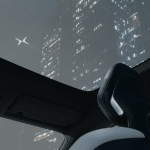


Benefits for vehicle owners and the grid
The bi-directional charging capability of Polestar 3 offers several benefits to both vehicle owners and the power grid. EV owners can take advantage of reduced charging costs by utilising cheaper electricity during off-peak hours. They can also participate in energy programs that incentivise vehicle-to-grid energy trading, potentially earning revenue for the excess energy they supply to the grid.
For the power grid, the integration of bi-directional charging systems like Polestar 3 enhances its stability and resilience. It enables efficient utilisation of renewable energy resources, reduces strain during peak demand, and lowers the need for additional grid infrastructure investments. Bi-directional charging can pave the way for a more decentralised and sustainable energy ecosystem.
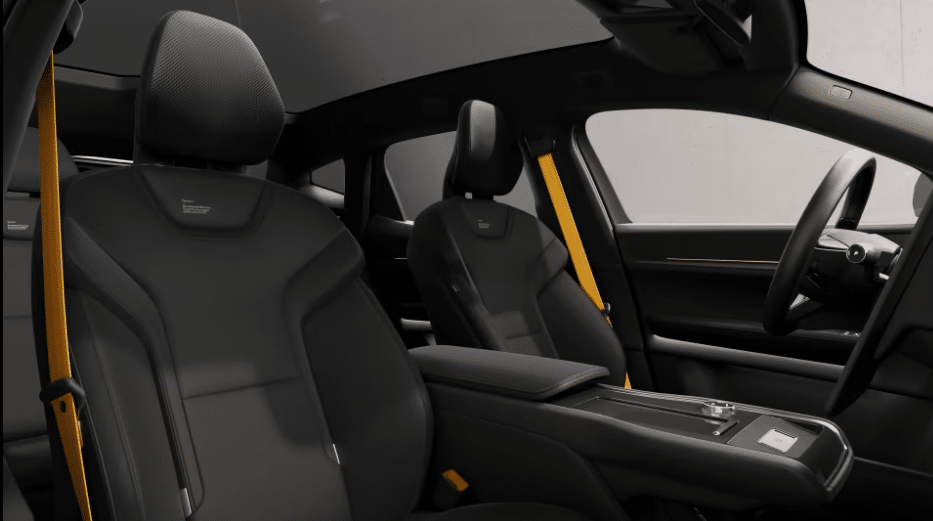
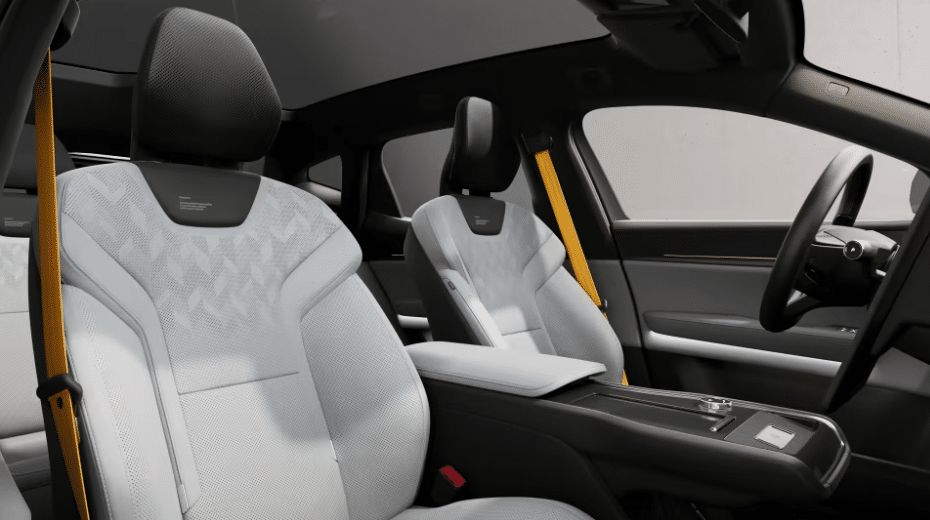
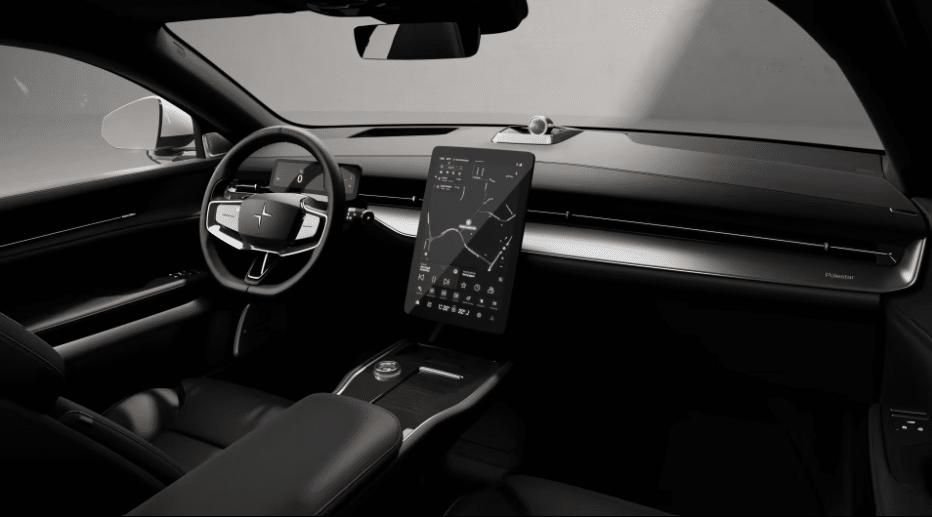
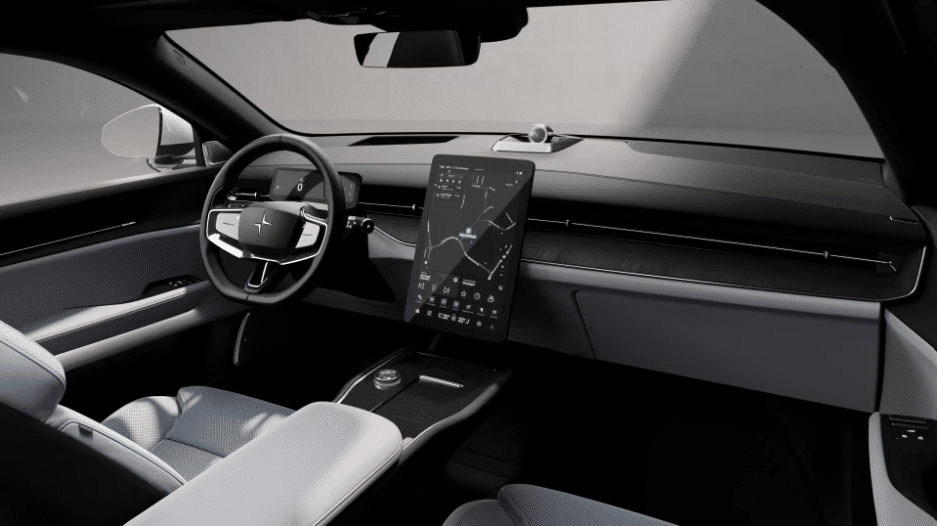
The infotainment system is powered by Qualcomm Technologies, Inc.’s next-generation Snapdragon Cockpit Platform. The Snapdragon Cockpit Platform will be used to provide immersive in-vehicle experiences with its high-performance capabilities to deliver high-definition displays, premium quality surround sound, and seamless connectivity throughout the vehicle as a central component of the Snapdragon Digital Chassis – a comprehensive set of open and scalable cloud-connected automotive platforms.
Experience a new level of energy savings with Energy Matters Marketplace – your one-stop shop for renewable energy products and more. Whether you’re looking for solar panels, battery storage or outdoor or indoor products. Check out the most popular products we offer and shop now!
What makes Polestar 3's bi-directional charging different from other EVs?
Polestar 3's Unique combination of features and capabilities
Unlike conventional EVs that primarily draw energy from the grid or a charging station, Polestar 3’s bi-directional charging system allows for a two-way flow of energy. This means that not only can the vehicle charge its battery from an external source, but it can also discharge energy back into the grid or power external devices.
The bi-directional charging technology in the Polestar 3 enables both Vehicle-to-Grid (V2G) and Vehicle-to-Home (V2H) capabilities. V2G allows the vehicle to supply energy to the electricity grid during periods of high demand, helping stabilise the grid and reduce strain on power plants. V2H empowers the vehicle to act as a portable power source for homes and other devices during power outages or emergencies.
Polestar’s bi-directional charging system provides owners with increased energy flexibility, allowing them to optimise their energy usage according to their needs. They can charge their vehicle during off-peak hours when electricity rates are lower, discharge energy back to the grid, or use it at home when rates are higher, effectively reducing their energy costs.
With its bi-directional charging system, the Polestar 3 can harness the potential of renewable energy sources, such as solar panels and wind turbines. Owners can charge their vehicles using clean energy during the day and utilise the stored energy at night or during peak demand periods. This integration contributes to a more sustainable and environmentally friendly energy ecosystem.
The introduction of Polestar 3’s bi-directional charging system brings numerous benefits to both drivers and the larger community:
With the ability to supply power during emergencies or blackouts, Polestar 3 owners can enjoy increased energy resilience, ensuring a continuous power supply for their homes.
The bi-directional charging system promotes a greener energy ecosystem by utilising excess energy stored in EVs. It encourages the integration of renewable energy sources by providing an efficient means of storing and redistributing clean energy, thus reducing overall carbon emissions.
Bi-directional charging allows Polestar 3 owners to monetise their vehicle’s stored energy by selling it back to the grid during peak demand periods. This provides an opportunity to offset charging costs and potentially generate additional income.
Polestar 3’s bi-directional charging capabilities help balance electricity supply and demand, ultimately optimising the grid’s efficiency. By intelligently managing energy flows, the system can reduce strain on the grid during peak periods, improving stability and reliability.
Polestar 3 bi-directional charging is the future of EV technology
Polestar’s bi-directional charging technology provides a glimpse into the future of electric vehicles and renewable energy. With its ability to transform EVs into mobile energy storage units, this technology has the potential to revolutionise the way we think about energy, transportation, and sustainability. By leveraging Australia’s abundant renewable resources, bi-directional charging can help maximise the utilisation of clean energy, enhance grid stability, and foster energy resilience. The introduction of this technology in Australia is an exciting step forward. It brings us closer to a future where electric vehicles play a pivotal role in shaping a greener and more sustainable world.
Source&Images: Polestar 3 websites, Polestar Press 2023.02.09 website
Are you ready to embrace a greener future by installing an electric vehicle (EV) charger?
Imagine the convenience of having your own charging station, allowing you to power up your EV whenever it’s convenient for you. You can contribute to a cleaner environment and combat climate change by installing an EV charger at your home or business. Energy Matters‘ trusted local solar installers in Melbourne are ready to provide you with a personalised quote tailored to your specific needs.
Don’t wait any longer; request your quote today and be part of the EV charging revolution!











